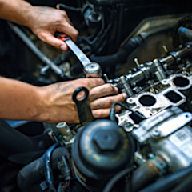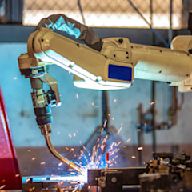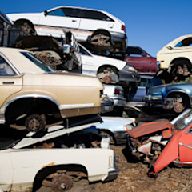Search results
6 days ago · Learn about the structure, function, and composition of the human body, the physical substance of the human organism. Explore the tissues, organs, systems, and biochemical constituents of the body, as well as its development and aging.
- The Editors of Encyclopaedia Britannica
Jun 20, 2023 · Learn about the 11 major organ systems in the human body and their functions, such as circulatory, respiratory, digestive, skeletal, muscular, nervous, and reproductive. Explore the body parts that make up each organ system and how they work together.
The human body is composed of elements including hydrogen, oxygen, carbon, calcium and phosphorus. These elements reside in trillions of cells and non-cellular components of the body. The adult male body is about 60% water for a total water content of some 42 litres (9.2 imp gal; 11 US gal).
Jan 26, 2024 · Learn about the vital and non-vital organs of the body and their functions, as well as the organ systems that support them. See an interactive body map and diagram of the organs and their locations.
- Skeletal system. The skeletal system is composed of bones and cartilages. There are two parts of the skeleton; axial and appendicular. The axial skeleton consists of the bones of the head and trunk.
- Muscular system. The muscular system consists of all the body muscles. There are three muscle types; smooth, cardiac and skeletal muscles. Smooth muscle is found within walls of blood vessels and hollow organs such as the stomach or intestines.
- Cardiovascular system. The cardiovascular system is comprised of the heart and the circulatory system of blood vessels. The heart is composed of four chambers; two atria and two ventricles.
- Respiratory system. The respiratory system consists of a series of organs; the nasal cavity, pharynx, larynx, trachea, bronchi, bronchioles and lungs (alveoli).
Learn about the skeletal, muscular, cardiovascular, digestive, endocrine, nervous, respiratory, immune/lymphatic, urinary, female reproductive, male reproductive, and integumentary systems of the human body. Select a system to get started and explore its anatomy, functions, and disorders.
Apr 5, 2024 · Some organs and tissues play roles in multiple systems at once. Circulatory: The job of the circulatory system is to move blood, nutrients, oxygen, carbon dioxide and hormones around the body. It ...





























































